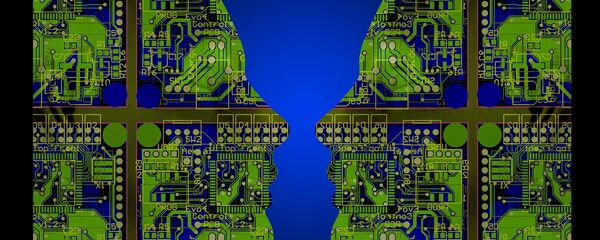Modern warfare requires more than simple brute strength. The Information Age has revealed new ways to communicate and access information, and these new rules have also affected the way wars are fought and won.
Imagery gathered by satellites and drones must make its way to units on the ground for data analyzation. While a drone can take a photograph, it cannot tell you what it’s looking at, or what to do about it, if anything. A human brain is necessary to spot a terrorist stronghold, or to recognize that a missile launcher in one photo has been moved, when compared with an older photo.
"Full exploitation of this information is a major challenge," officials with the Defense Advanced Research Projects Agency (DARPA) wrote in a 2009 brief on "deep learning."
"Human observation and analysis of [intelligence, surveillance and reconnaissance] assets is essential, but the training of humans is both expensive and time-consuming. Human performance also varies due to individuals’ capabilities and training, fatigue, boredom, and human attentional capacity."
Working with a team of researchers at MIT, DARPA is hoping to take all of that human know-how and shrink it down into processing unit no bigger than your cellphone, using a microchip known as "Eyeriss." The concept relies on "neural networks;" computerized memory networks based on the workings of the human brain.
A palm-sized neural network chip could be installed in drones or satellites, allowing these units to conduct their own learning in real time, without the need for human analysis.
Instead of a team of individuals combing through imagery looking for a single target, a drone could simply alert soldiers on the ground once the drone has identified a target.
The technology could also work in disaster zones, allowing drones to spot and identify people in need, and then communicate location and other data to aid workers.
Current deep learning technology requires a large number of servers and the energy necessary to run those computers. Data can be sent to warehouses containing the computers for analyzation, but that requires an Internet connection, which isn’t always readily available in combat situations and, when it is, is not always secure.
But Eyeriss could change the way the game of war is played. Packing more processing power into a much smaller space, the microchip could allow our handheld devices to become even smaller, and allow drones and satellites to operate without a need for massive server warehouses or hundreds of human analysts.




